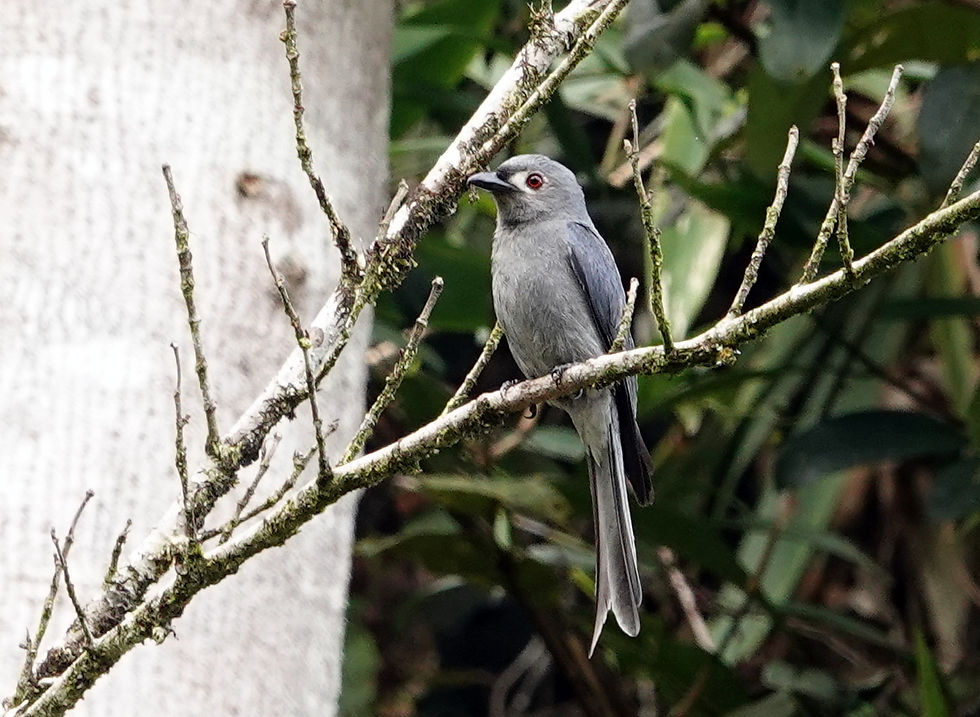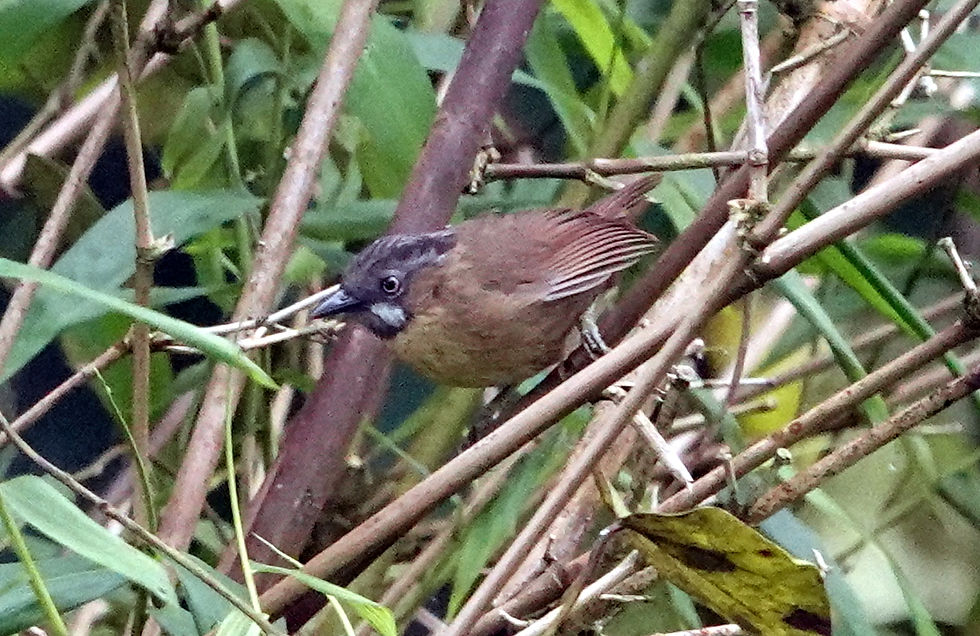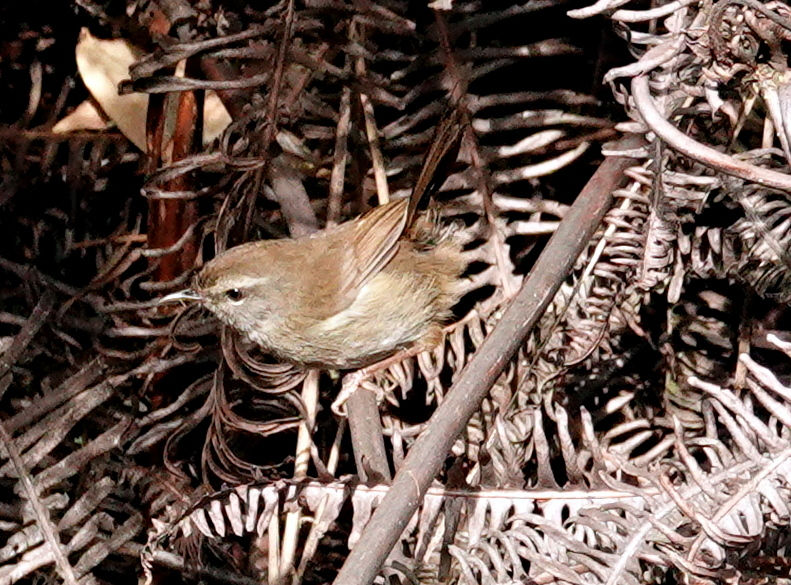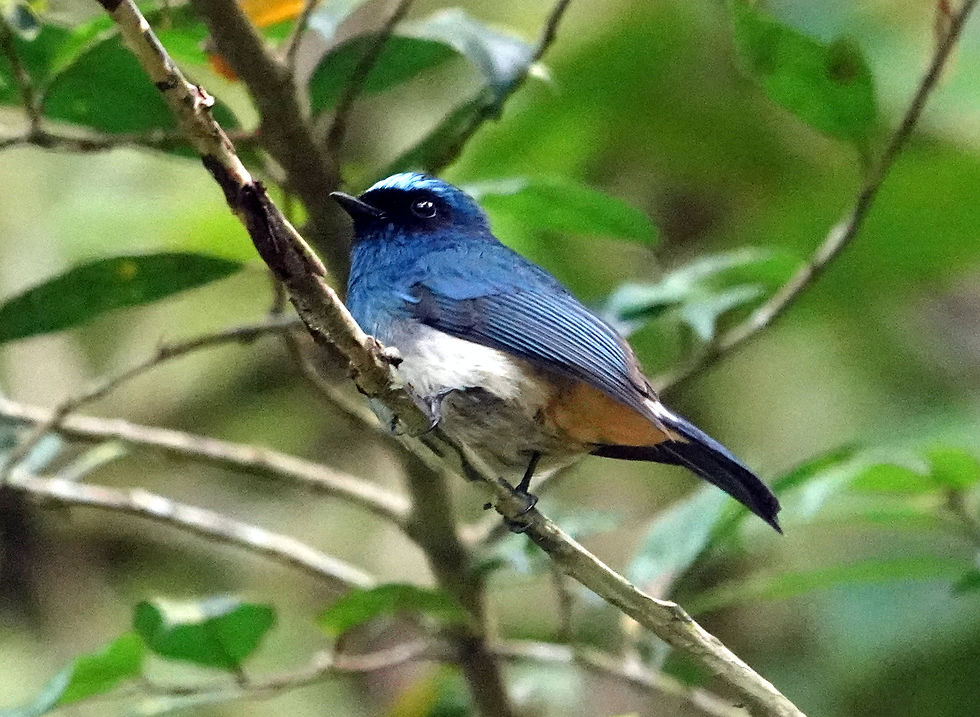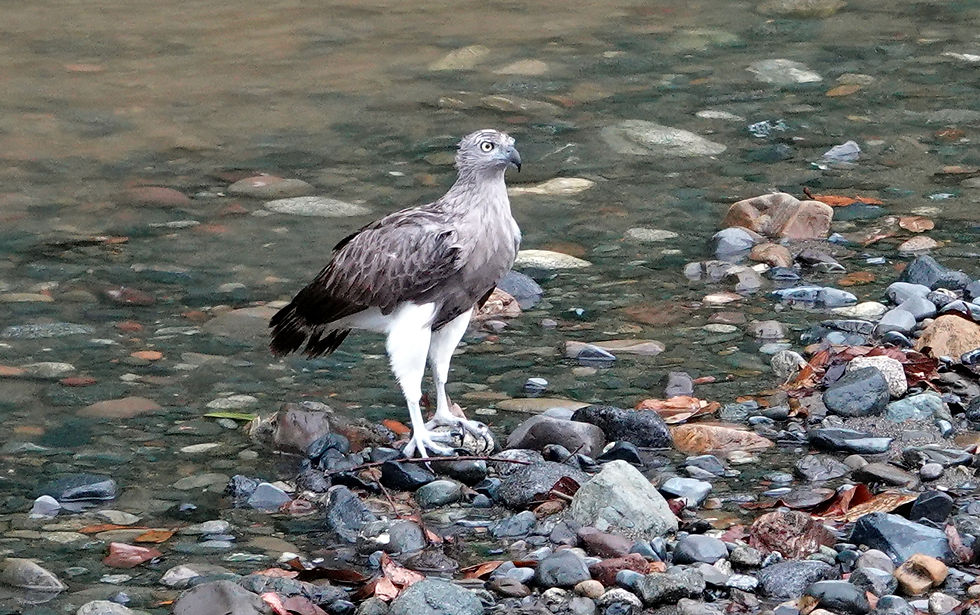Bornean banter and birds: Part 5 – Danum Valley, Sabah
- Denis Walls

- Oct 30
- 3 min read
Denis Walls | Convenor
Editor’s note: This is the fifth (and final) article in a series being published in Contact Call with permission of the author Denis Walls. It was originally published in Cairns Birders Newsletter, “The New Frogmouth” Number 25 of 20 June 2025.
Jennifer H Muir
Danum Valley is certainly a posh way to end a birding trip. I reckon half the cost of the trip was spent in four nights’ accommodation and food in Borneo Rainforest Lodge, the only place to stay in this magnificent protected area of Sabah (apart from the Research Station, if you are fortunate enough to be a scientist or research student).
Key targets for me were Helmeted Hornbill, Black-crowned and Blue-headed Pittas, and Diard’s Trogon, and I was able to see three of them.

Helmeted Hornbill has been my bogey bird for 44 years. I once saw one flying high over Fraser Hill in Peninsula Malaysia in the early 1980s but, despite hearing their maniacal laughter on several occasions, mostly notably in 2023 in Taman Negara, I had never seen a perched bird.
Helmeted Hornbills are exceedingly rare and it is disallowed to locate them on birding apps because of the poaching trade, largely for the Asian market. The bird is now listed as Critically Endangered being sought for its hard, ivory casque, the only hornbill species to have a solid one.
In one six month period a few years ago, 500 Helmeted Hornbills were killed for their ivory in Kalimantan, Indonesian Borneo, the market being driven by the increasing difficulty in accessing Elephant and Rhino horn from Africa. That is gobsmackingly terrifying! These are birds that require a huge range in order to survive.
There is now a concerted campaign in the global birding community to seek stronger protections for this magnificent, primeval-looking bird. Malaysia is probably the best of the bunch in South-east Asian source countries, and Danum Valley and Taman Negara are two places, fortunately, where their future appears reasonably secure.
We were walking along the road away from the Lodge when that unmistakable, slow build up to maniacal triumph indicated Helmeted Hornbill presence and, lo, there was a pair feeding high up in the canopy of a fruiting tree. The viewing was as poor as my blood pressure was high until we found a gap in the forest to observe the male snoozing, peering down or rolling his head backwards to reveal his massive gular pouch.
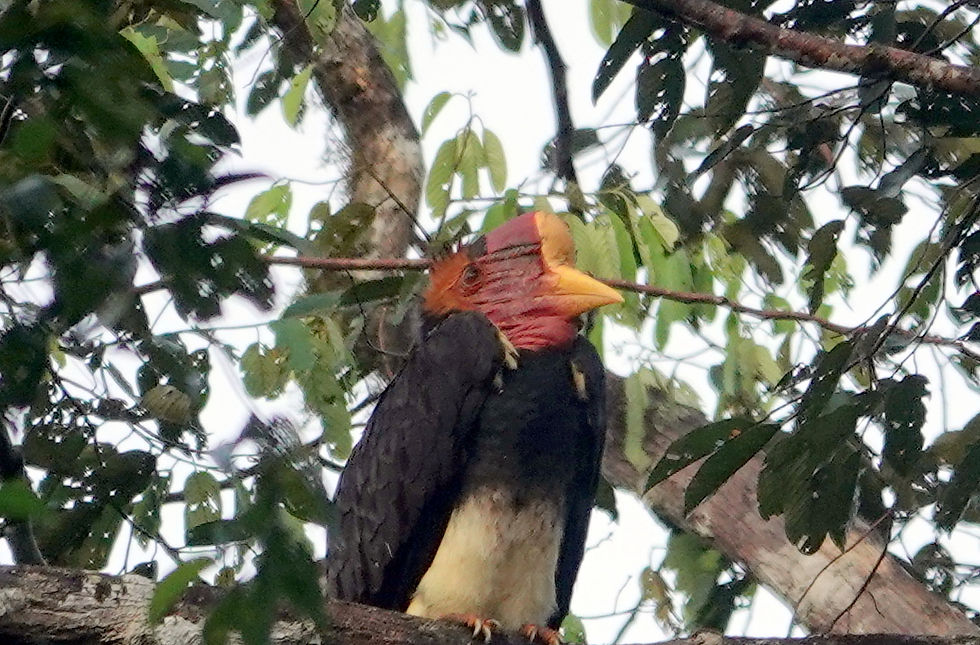
This is a species that won’t win any beauty contests but the sight of its face, through scope and binoculars, crenellated like indented castle walls, sent this veteran birder into a paroxysm of delight. I couldn’t get enough. The eye is so weird, set back from the ridged face and looking like a kitchen hatch when it is closed.
Pittas are notoriously difficult to see and photograph in the forest, so imagine our delight when a guide said that there was a roosting Blue-headed Pitta close by. We resolved to get up at 4.30 the following morning and, discreetly, watch the bird wake up.

I don’t know about you but I’ve never seen a Pitta wake up before! It had been raining the night before so the bird was all curled up in a wee blue and red ball. What magic as it unfurled itself in response to some innate diurnal trigger despite the light being barely pre-dawn.
Danum was a fitting end to a spectacular trip with those two key sightings ending up in my top five birding highlights from a very congested field. Thanks for reading and I hope you don’t mind a bit of photographic indulgence to finish this series. The malkohas, barbets, woodpeckers etc were, of course, stupendous.
Editor’s note: As Part 5 is the final article in this series, for our readers’ enjoyment, the Editor has added photos taken during the Author’s Bornean adventure that weren’t discussed in the texts.
